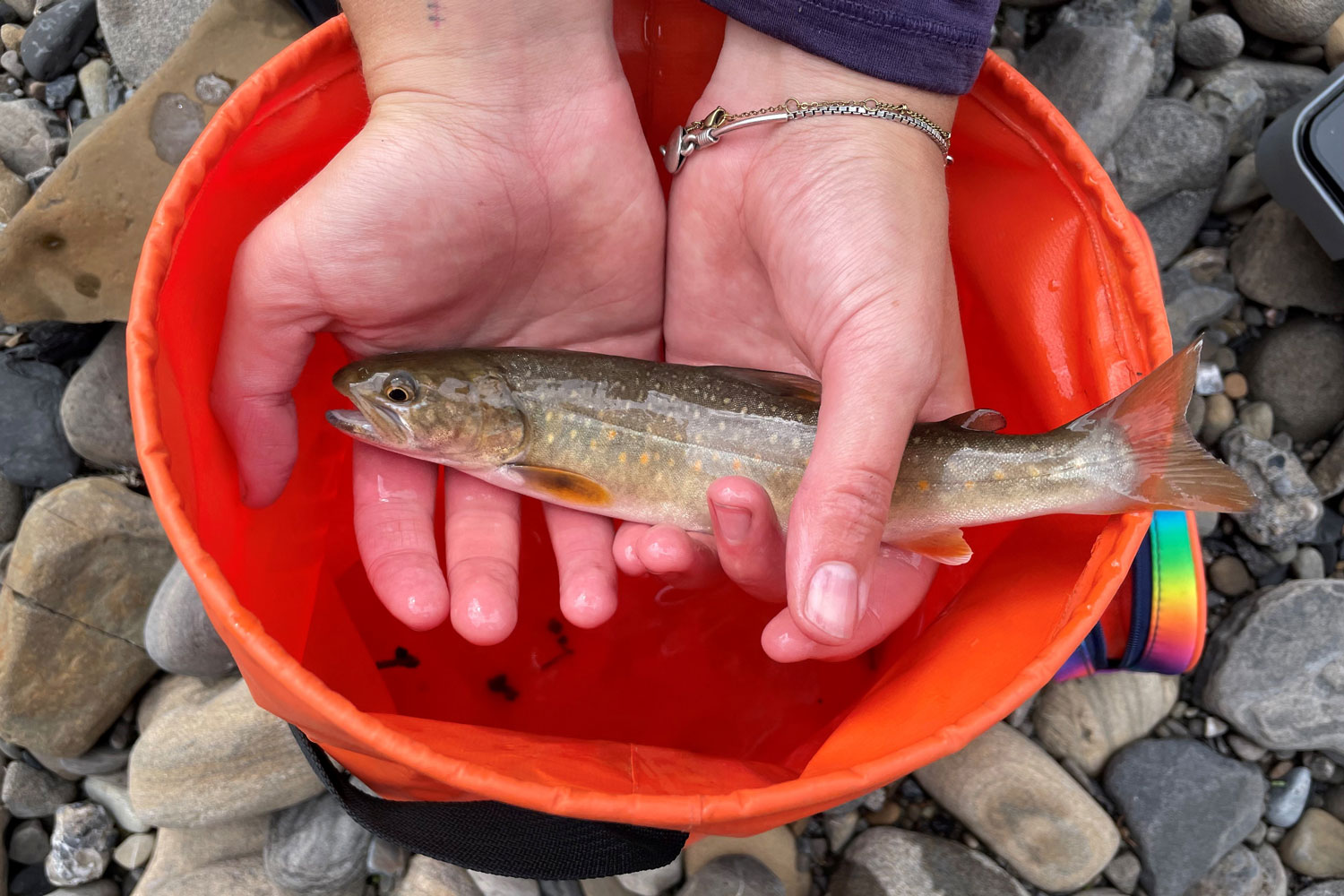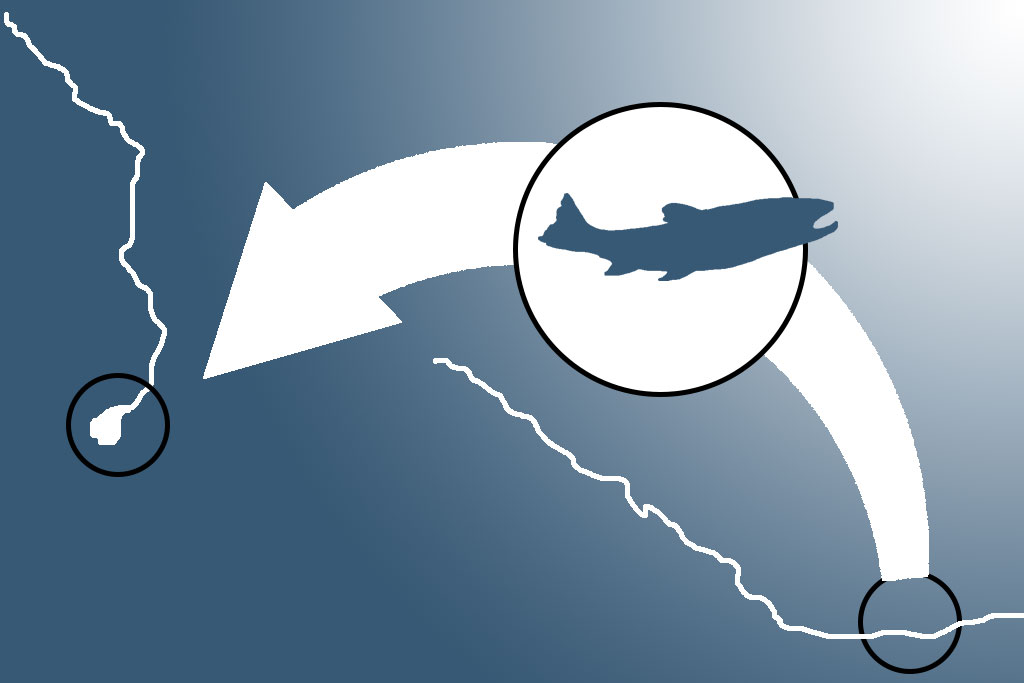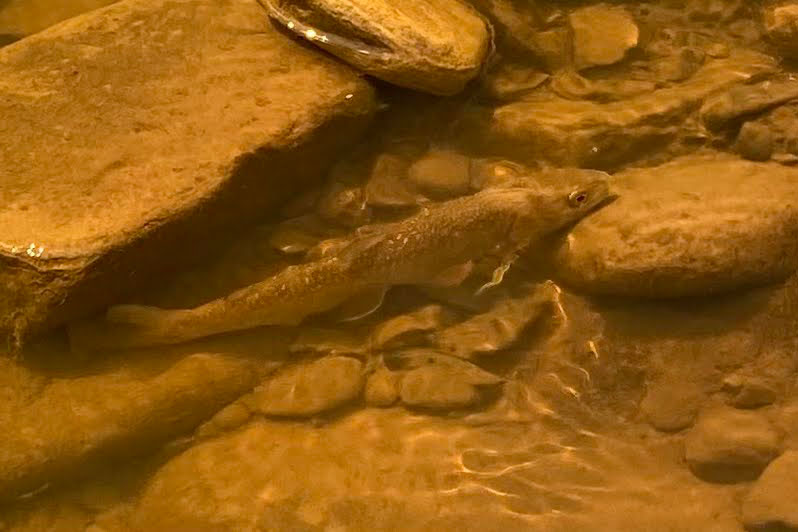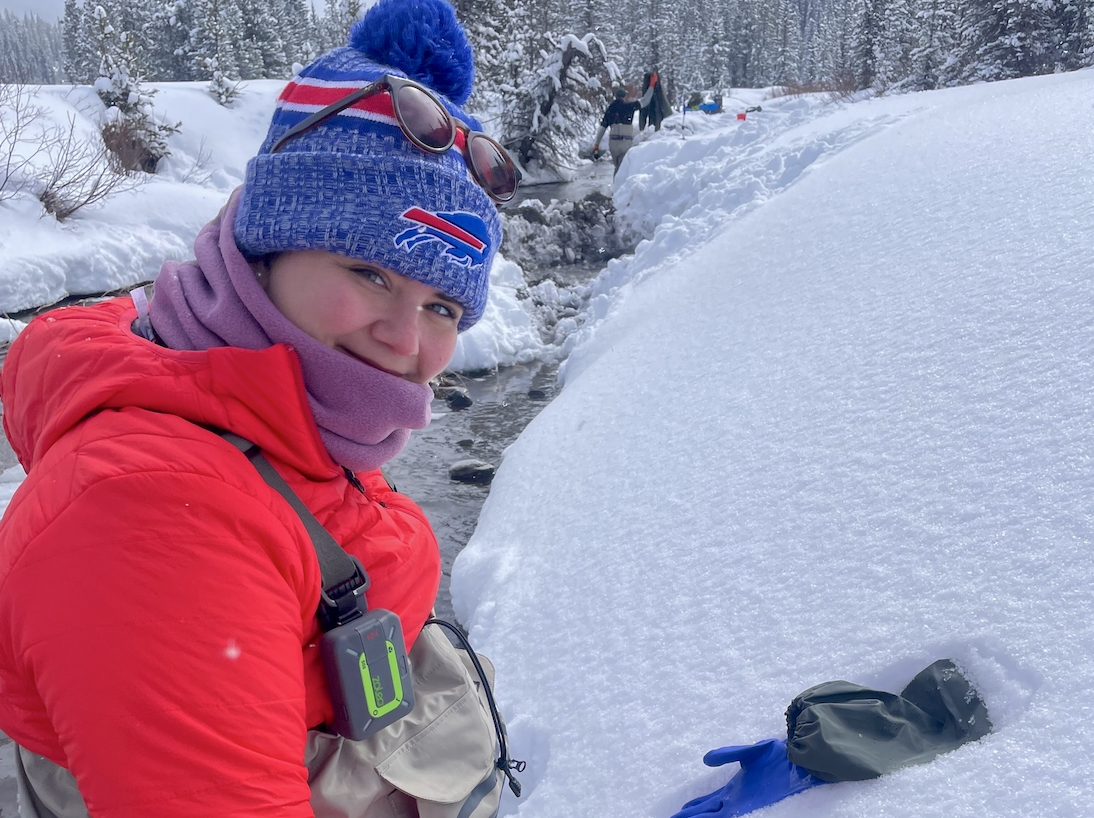
Abstract
Conservation translocations are becoming more common for species recovery in the wild. There
is growing interest in their use to supplement or restore bull trout (Salvelinus confluentus)
populations in environments where they were once known to have had self-sustaining
populations. This project tested the feasibility of translocating fertilized eggs via instream
incubation capsules in Smith-Dorrien Creek (Kananaskis, Alberta). This site was chosen because
it is known for having an abundance of redd sites and spawning bull trout. The research
objectives were to 1) assess if successful rearing of bull trout could be accomplished with
incubation capsules and 2) quantify the relationship between bull trout survival and habitat
parameters (e.g., temperature, groundwater, substrate) among sites where the incubation capsules
were deployed. Field work began for this project in Spring 2023 when temperature loggers were
installed at sites in Smith-Dorren Creek, followed by the installation of incubation capsules
containing bull trout eggs at the sites in Fall 2023, which were collected in March 2024, along
with measuring other environmental factors (e.g., groundwater discharge) for analysis. The
results of this study indicate that there are high survival rates for this type of instream incubation
approach/technique for bull trout eggs (71.4% ± 4.9% survival). The results also indicate a
significant negative impact of number of days below 0°C on the survival of bull trout from egg
to alevin. My experiment highlights the potential for this approach, with key recommendations
for future attempts; specifically, avoiding freezing across the site.
Citation
Lepine, T. M. (2024). An experimental test of bull trout egg to alevin survival in the wild, with implications for conservation translocations in Alberta. Master’s thesis, University of Calgary, Calgary, Canada. https://prism.ucalgary.ca.









